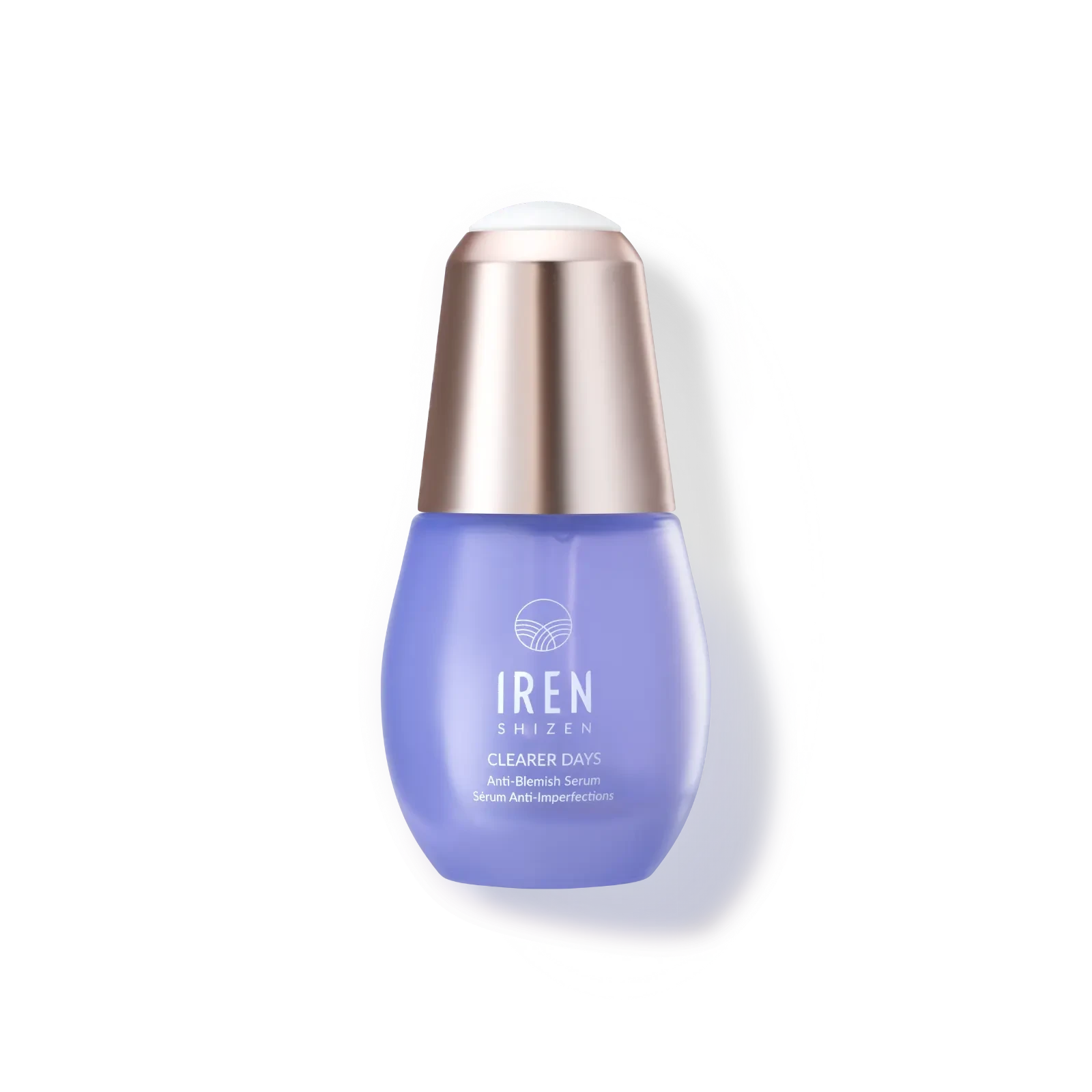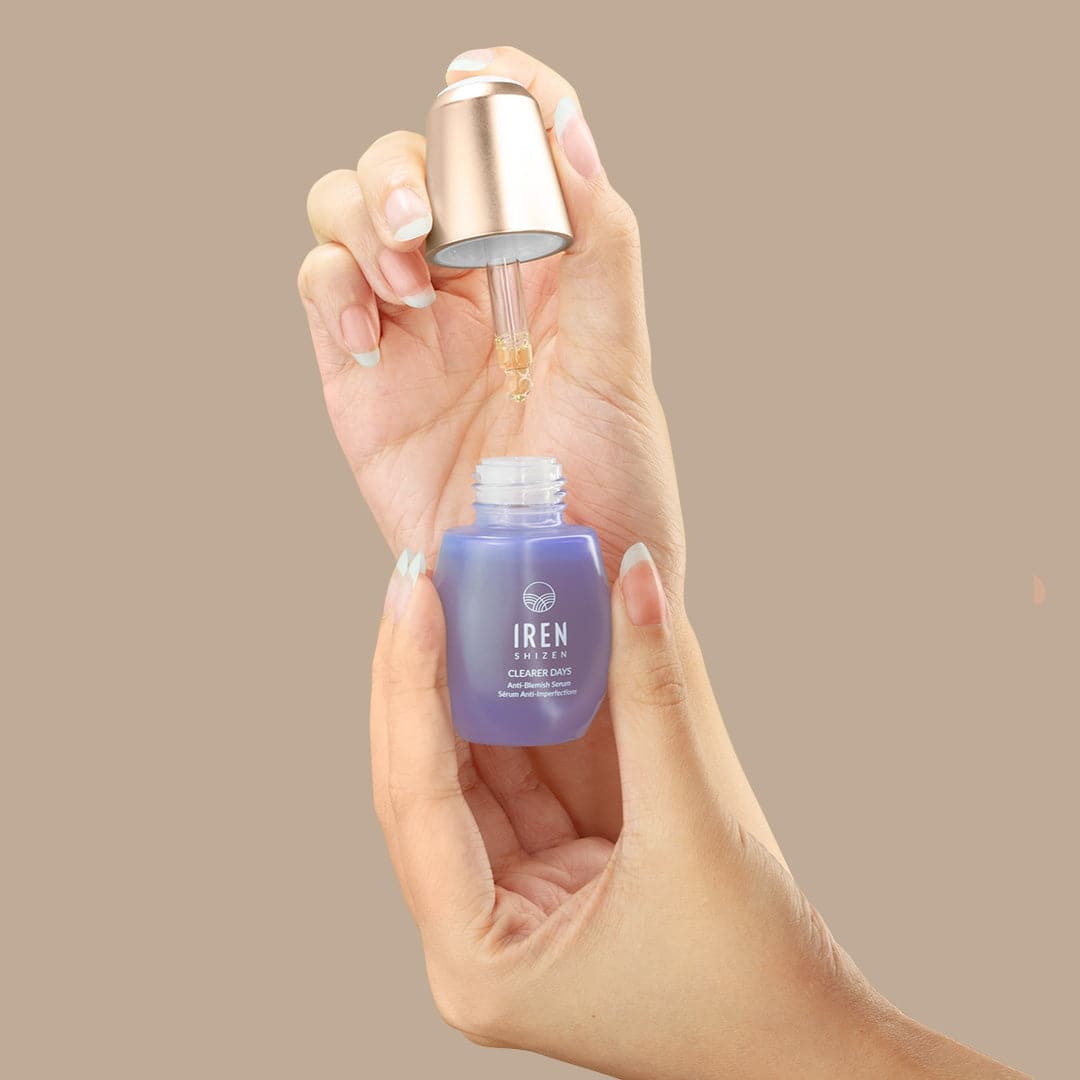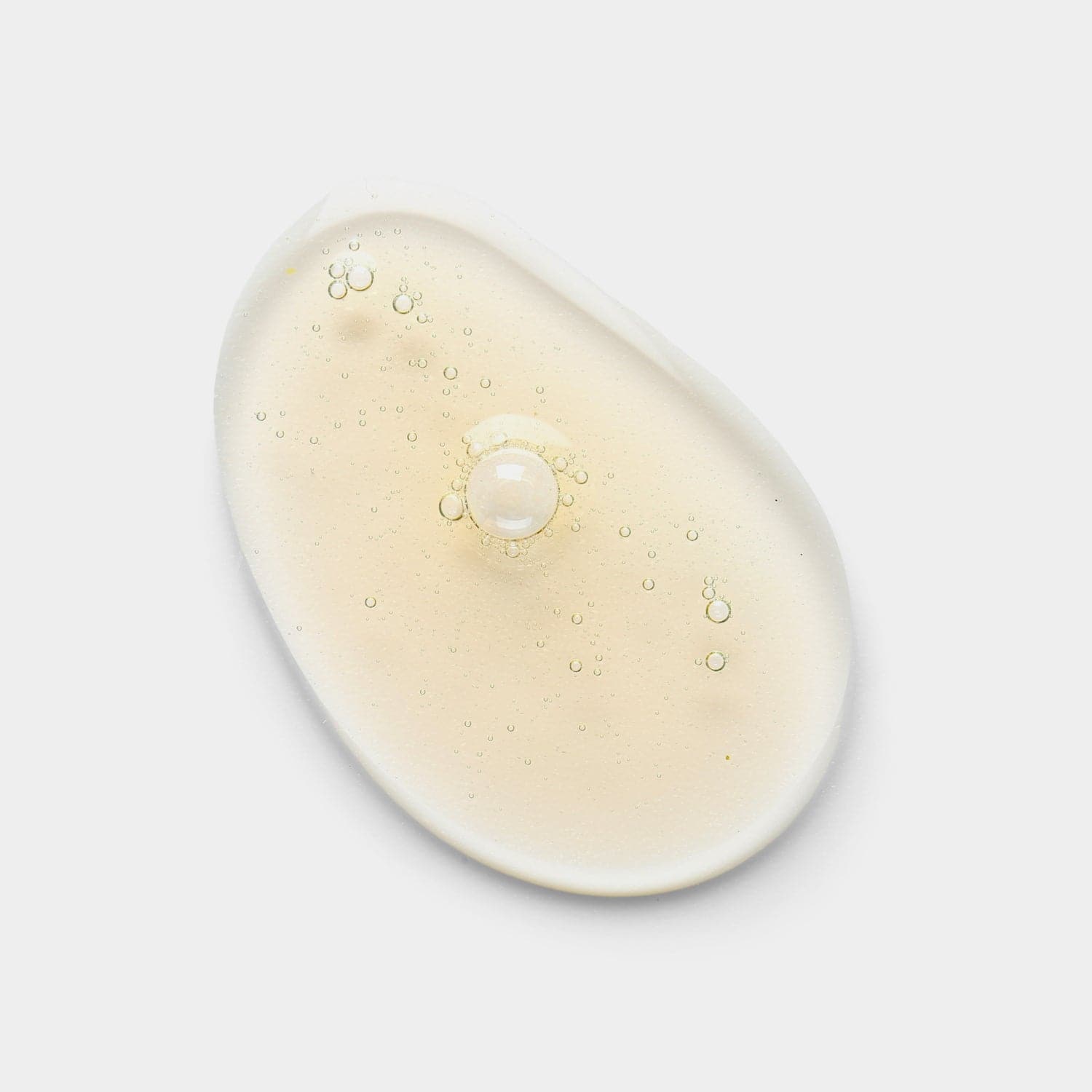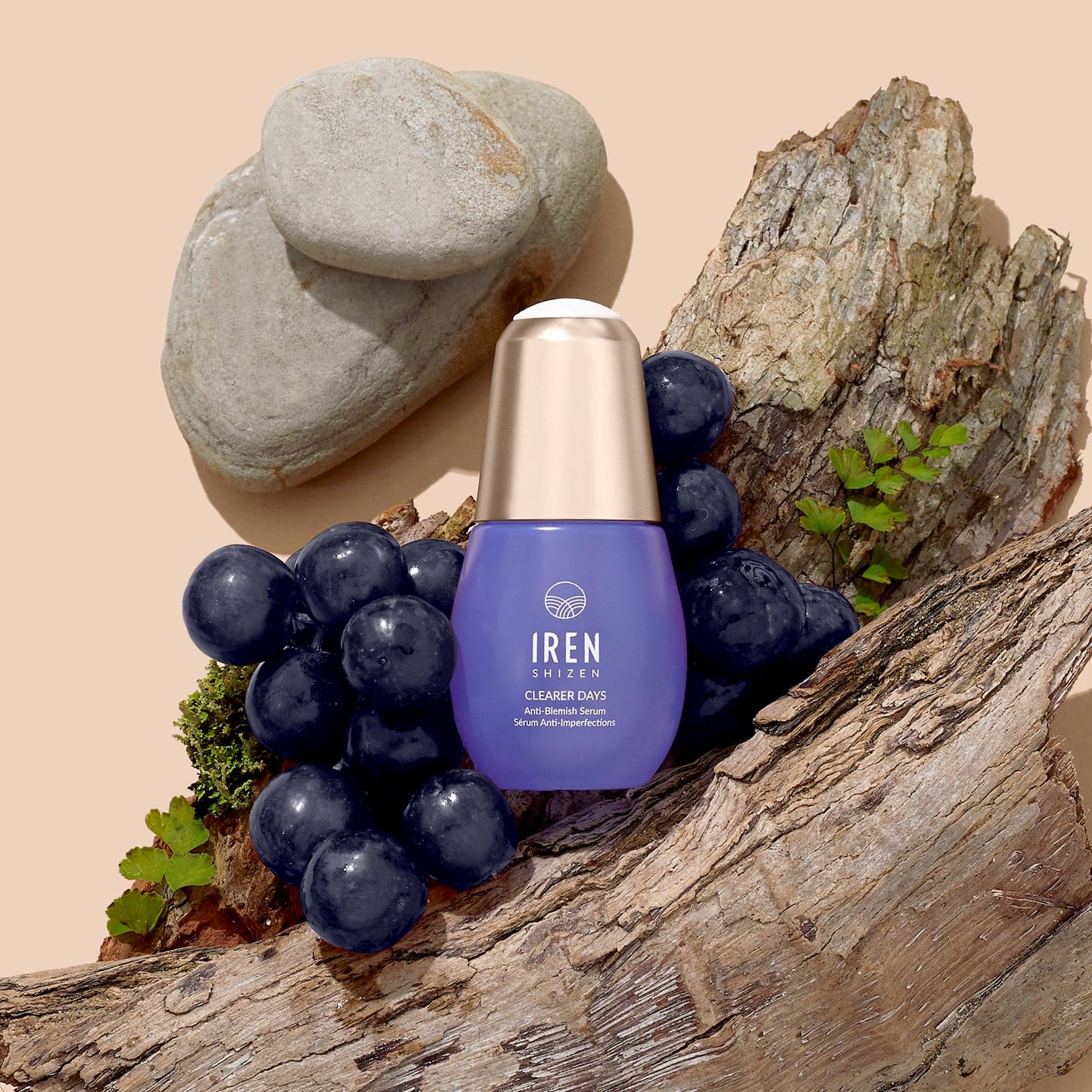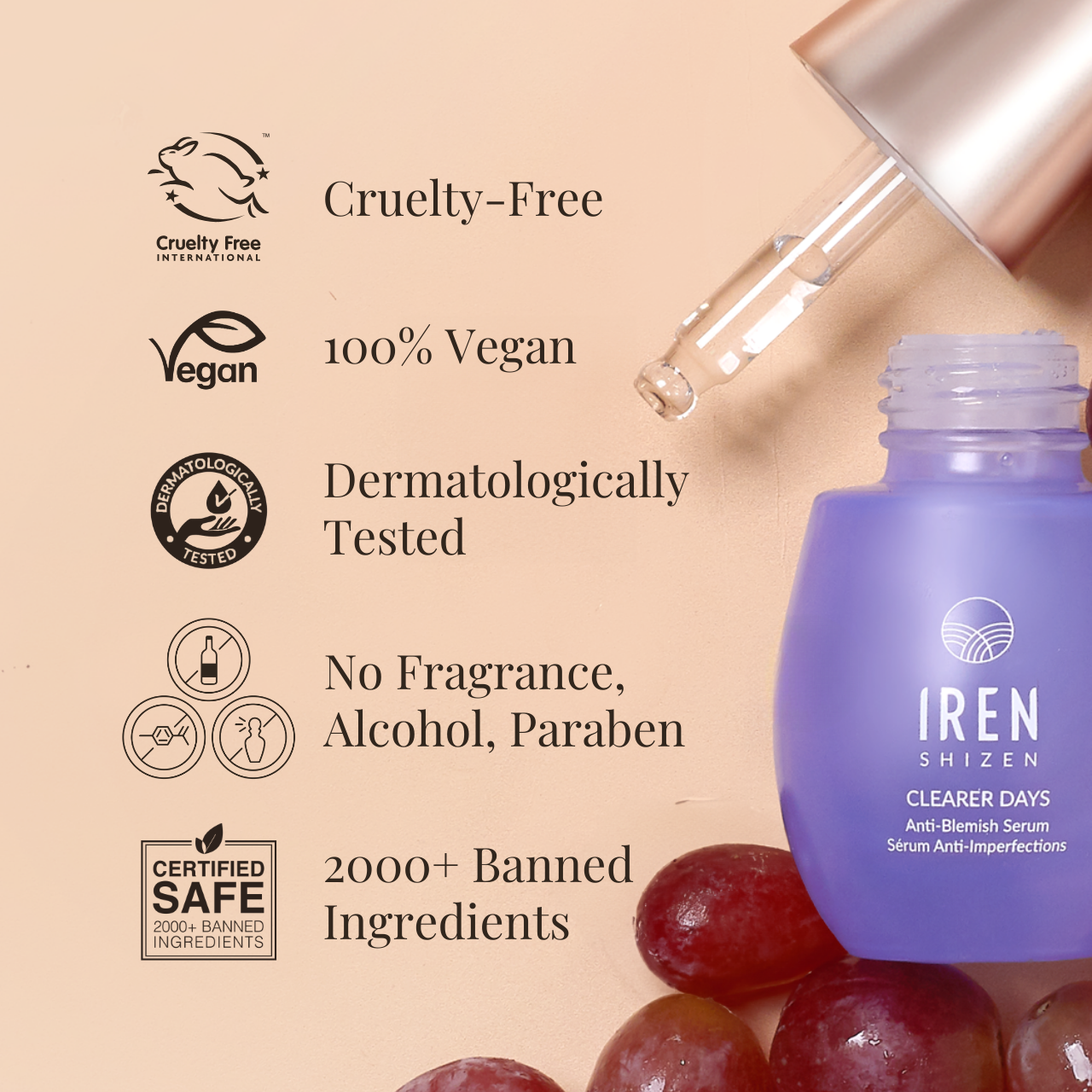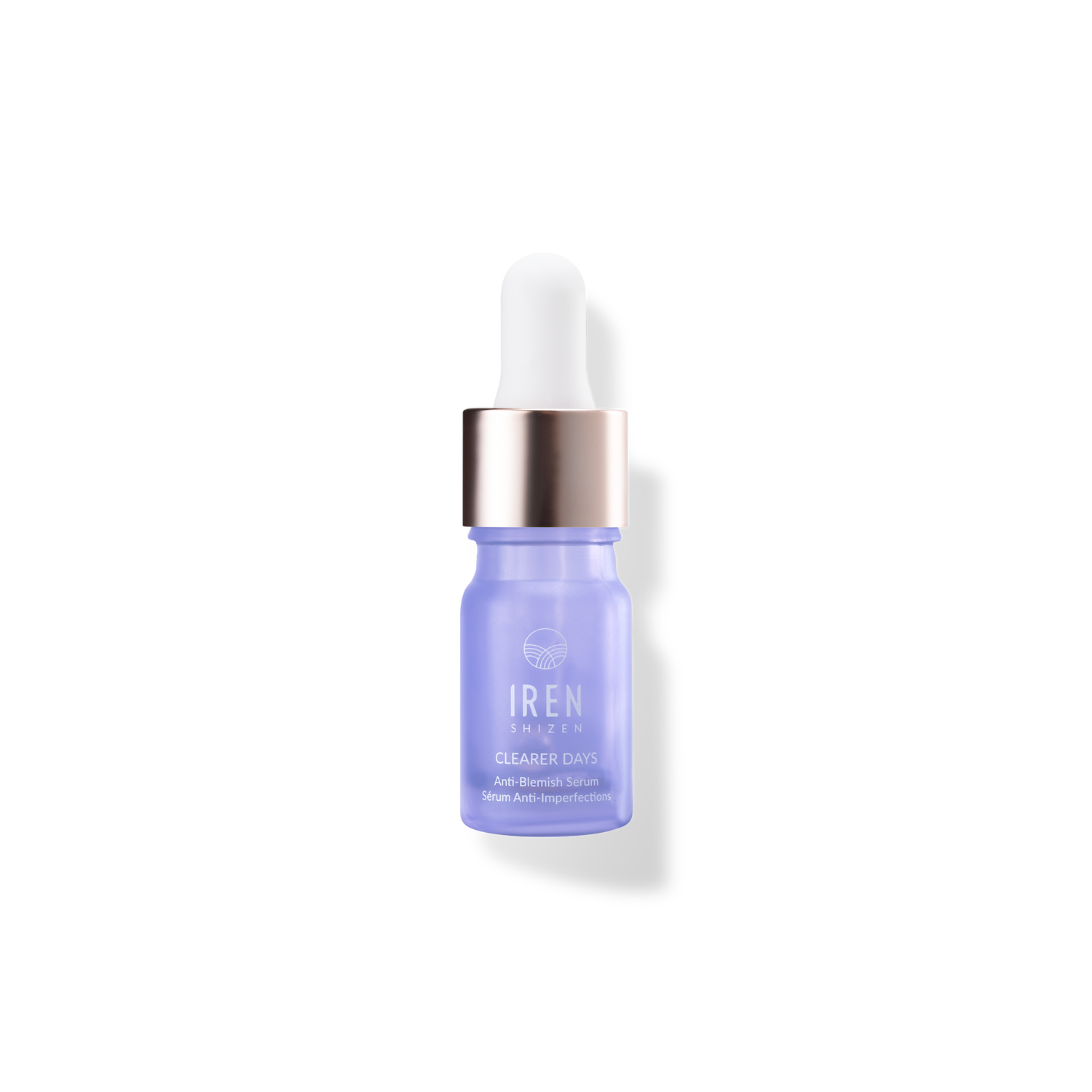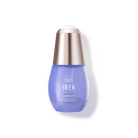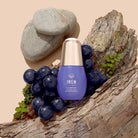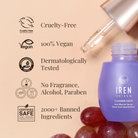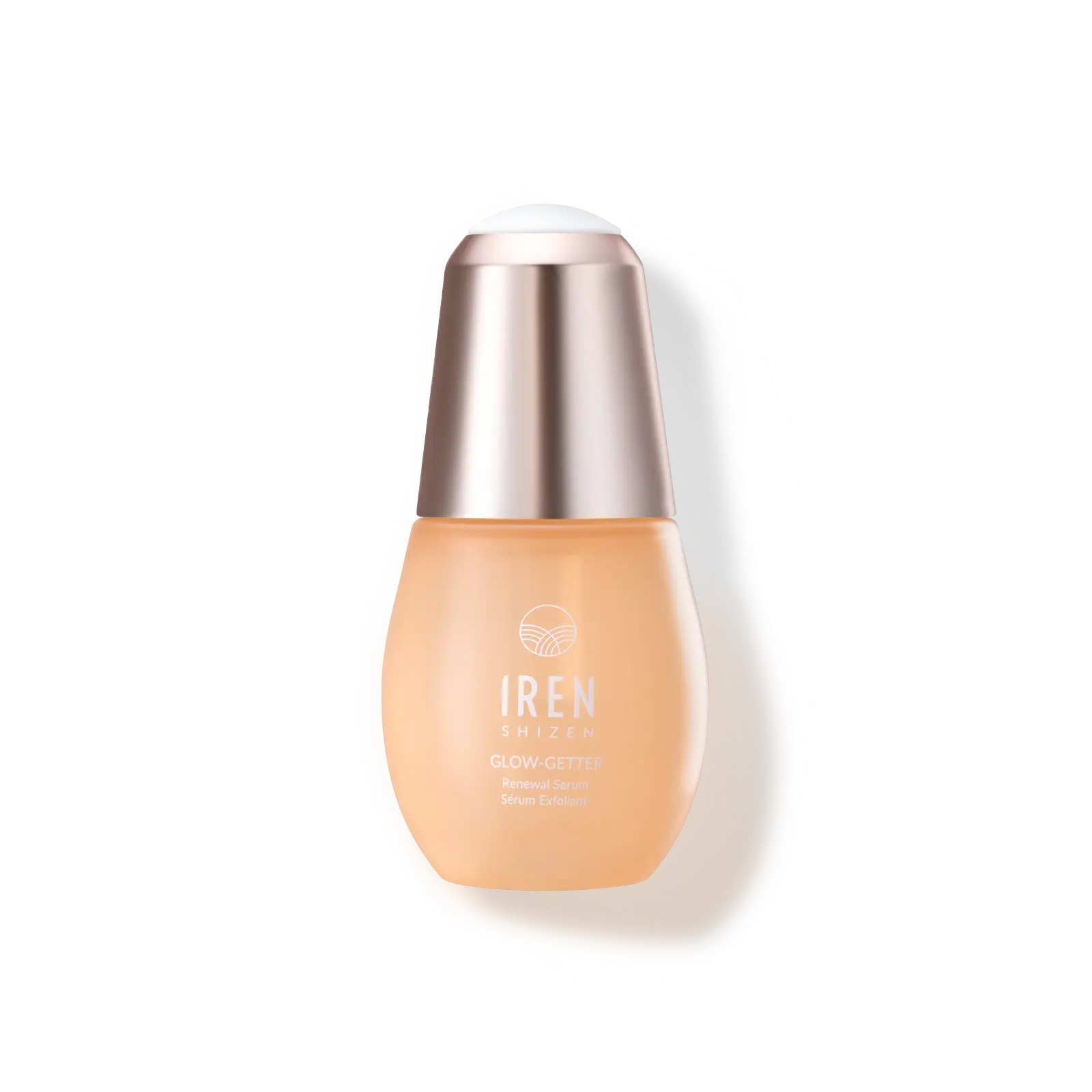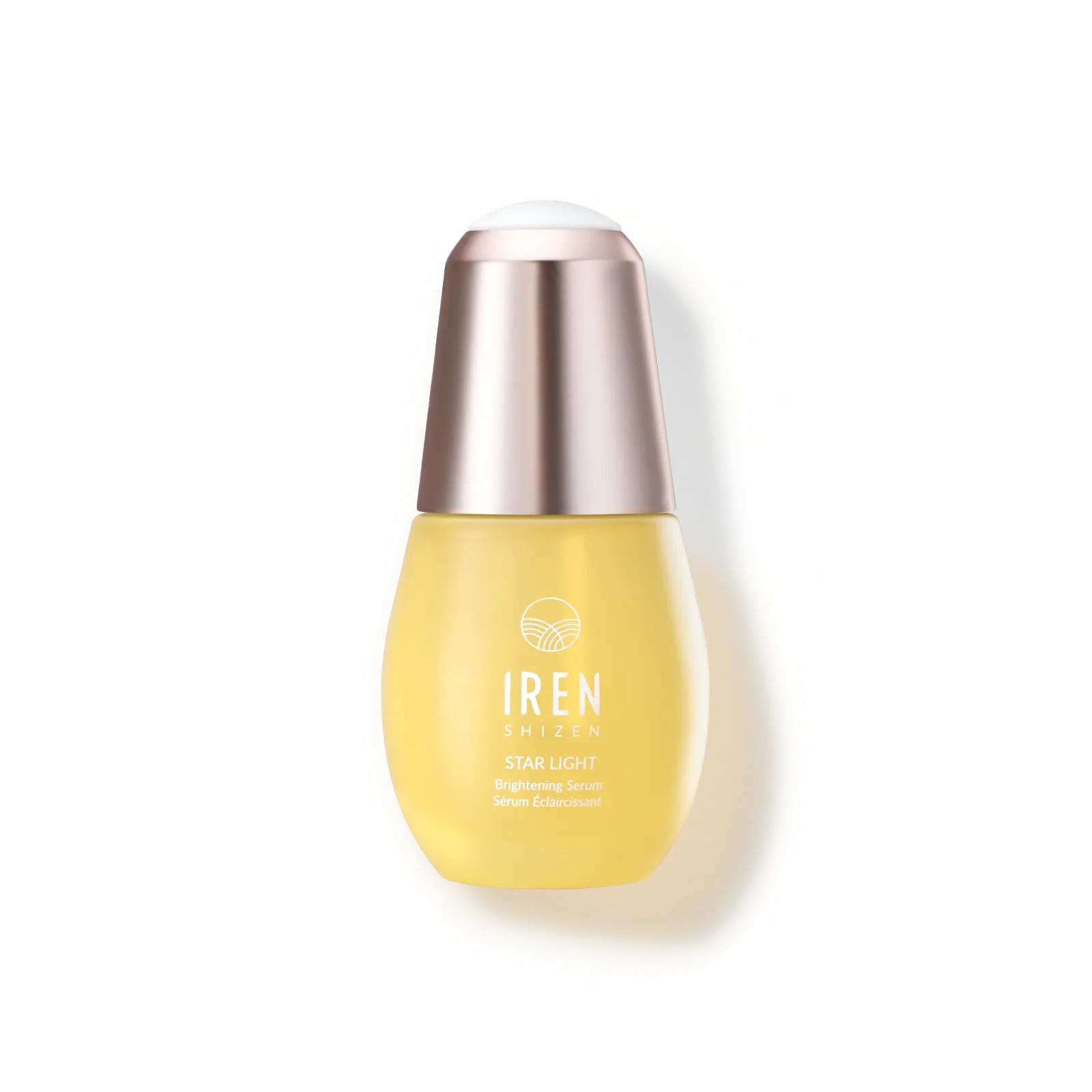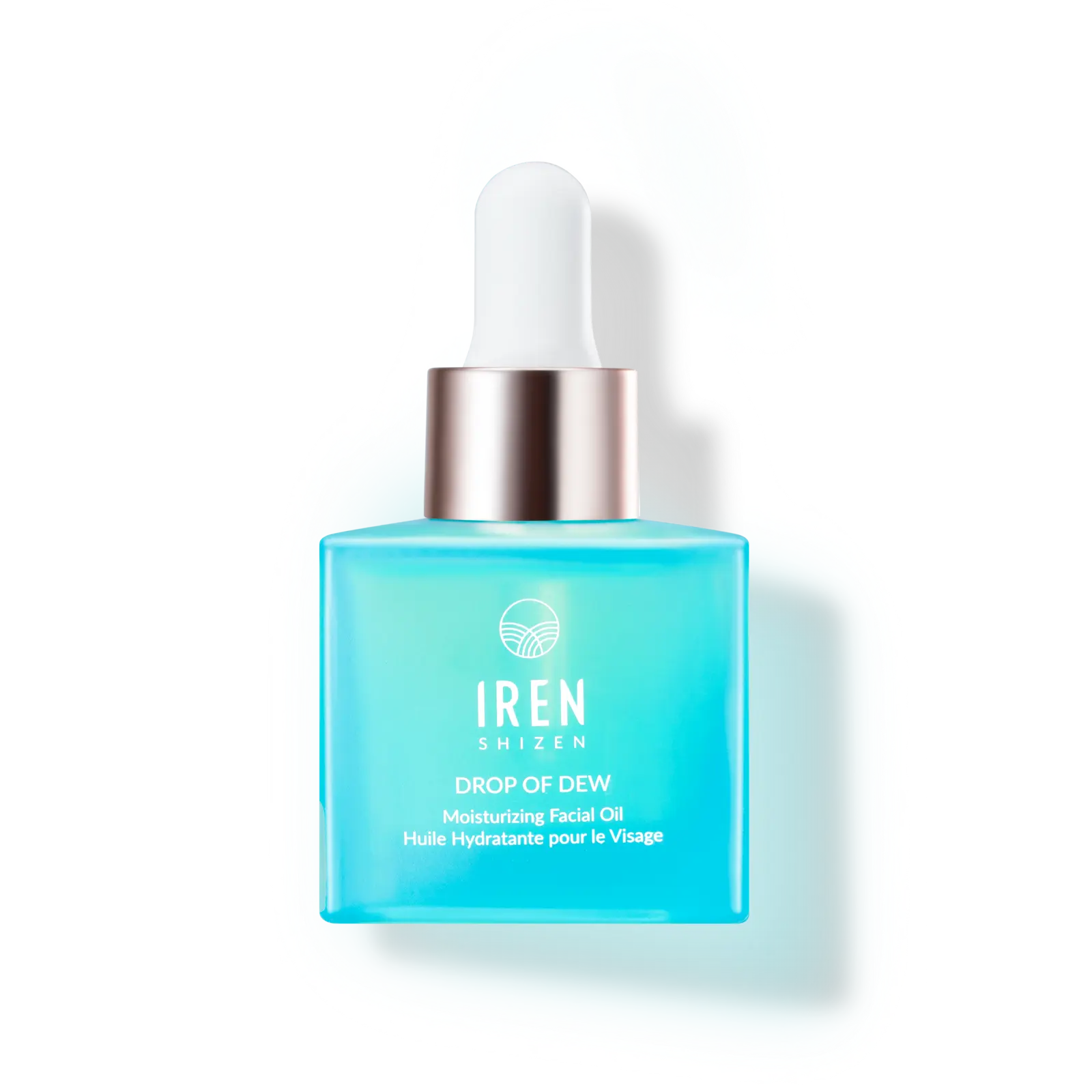HISTORY
In Native American culture, white willow bark was a well-known remedy for headaches, muscle pain, and arthritis, often chewed or brewed into tea to harness its anti-inflammatory and analgesic properties. Similarly, in medieval Europe, it became a popular treatment for gout, a condition marked by severe joint pain and inflammation, making it a valuable asset in apothecaries due to its effective pain relief and inflammation reduction.
SCIENCE
White willow bark extract is renowned in the skincare world for its active component, salicin, a precursor to salicylic acid. This widely used ingredient in skincare products is celebrated for its ability to exfoliate the skin, unclog pores, and reduce acne. When applied to the skin, salicin is converted into salicylic acid through the action of enzymes. As a beta-hydroxy acid (BHA), salicylic acid penetrates the pores and dissolves debris and dead skin cells, addressing acne and blackheads. Additionally, it has anti-inflammatory properties, making it effective in reducing redness and swelling associated with acne and other skin conditions.
Studies have shown that salicylic acid can significantly reduce the number of acne lesions. For instance, a study published in the Journal of the American Academy of Dermatology found that a 2% salicylic acid lotion was effective in reducing acne and improving overall skin texture. Research also indicates that salicin has strong anti-inflammatory properties. A study in the Journal of Inflammation highlighted its ability to inhibit the production of pro-inflammatory cytokines, making it beneficial for inflammatory skin conditions like eczema and psoriasis.
Beyond its exfoliating and anti-inflammatory effects, white willow bark extract also boasts antioxidant properties. It contains flavonoids and phenolic acids, which help neutralize free radicals, reducing oxidative stress on the skin and preventing premature aging. This multifaceted approach to skincare makes white willow bark extract a powerful ingredient for maintaining healthy and youthful skin.
In terms of its composition, white willow bark can contain up to 15% salicin, depending on the species and extraction method. Skincare products typically contain white willow bark extract in concentrations ranging from 0.5% to 2%, providing a gentle yet effective exfoliation without the harshness that can sometimes accompany synthetic salicylic acid. Due to its mild nature, white willow bark extract can be used daily, unlike stronger exfoliants that may need to be used less frequently to avoid irritation.
REFERENCES
- Shara, M., & Stohs, S. J. (2015). Efficacy and Safety of White Willow Bark (Salix alba) Extracts. Phytotherapy Research, 29, 1112–1116.
- Bassino, E., Gasparri, F., & Munaron, L. (2018). Pleiotropic Effects of White Willow Bark and 1,2-Decanediol on Human Adult Keratinocytes. Skin Pharmacology and Physiology, 31, 10–18.
- Sono, Y., Matsumoto, M., Robida-Stubbs, S., Okuno, A., Goto, M., King, G. L., Blackwell, T. K., & Makino, T. (2013). Willow bark extract increases antioxidant enzymes and reduces oxidative stress through activation of Nrf2 in vascular endothelial cells and Caenorhabditis elegans. Free Radical Biology & Medicine, 65, 1506–1515.









